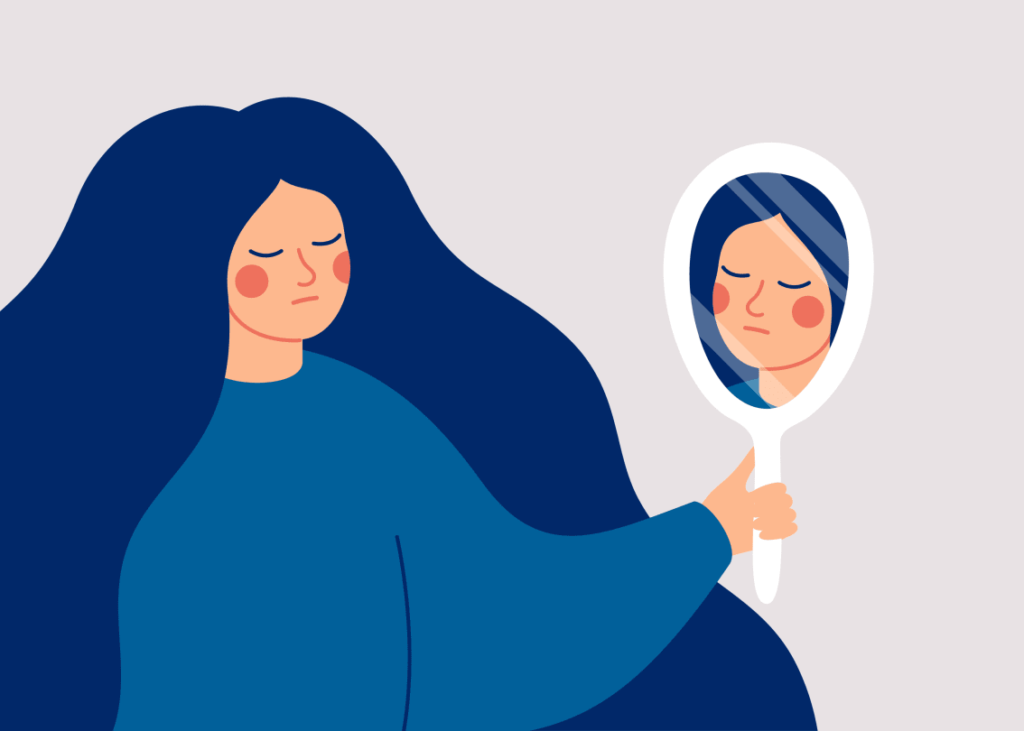When thinking about who might have an eating disorder, it’s common to conjure an image of a slender, young white woman with perfectionist tendencies, but the truth is that they affect all kinds of people, regardless of race, sex, socioeconomic status, or any other factor, Lydecker says. Although eating disorders are most commonly diagnosed in adolescents and young adults, they affect individuals of all ages—even the elderly.
“Many adults report a range of disordered eating including behaviors such as binge eating, intrusive and distressing thoughts about eating, weight, or shape, and body image concerns,” says Valentina Ivezaj, PhD, who works with adult trial participants.
Binge-eating disorder—identified as a formal eating disorder only relatively recently—has challenged stereotypes by showing that people with eating disorders can have very thin physiques, or have normal weight, overweight, or obesity.
What’s also important, Ivezaj says, is the way we talk about these disorders. “We like to use ‘people-first language’ because we see it as less stigmatizing and more respectful. For example, we would say a ‘person with obesity or overweight’ rather than ‘an obese or overweight person,’” Ivezaj says.
In 2013, binge-eating disorder was added to the Diagnostic and Statistical Manual of Mental Disorders (DSM-5), which defines and classifies mental disorders. Binge eating behaviors can arise in childhood, the teen years, or adulthood. “One thing people don’t know, but science has learned—especially in the past five or 10 years—is that all eating disorders happen in all body sizes. That’s been a big shift,” Lydecker says. We started having a more flexible idea about body size and eating disorders when binge-eating disorder was more frequently diagnosed, but soon learned that anorexia and bulimia can also occur among individuals with larger bodies, she adds.
In fact, Lydecker believes doctors often fail to diagnose eating disorders in people who have overweight or obesity because they assume eating disorders are associated with being underweight. In such cases, they focus on the obesity—not the underlying reason for it. “Telling someone with obesity, ‘You just need to lose weight’ is counterproductive if they have an eating disorder,” she says.
Eating disorders affect transgender and nonbinary people disproportionally, in part because of the complicated relationship between body image and gender identity, says Christy Olezeski, PhD, director of the Yale Pediatric Gender Program. Though eating disorders are common in this population, they may present in very different ways. “We see a high co-occurrence of potentially problematic eating behaviors, but they look different than in cisgender individuals,” she says. For instance, transmasculine individuals may restrict their eating in the hope it will prevent puberty and the development of breasts and hips, as well as stop their menstrual cycle. Other individuals may intentionally try to gain weight to achieve a curvier figure.
Providers in the gender program speak to patients about their eating patterns, goals for their body, and markers of health, as well as healthier approaches with medications, nutrition, and exercises. “However, as a field we need to revisit and likely expand our current measures of eating behaviors, as well as our understanding of the etiology and treatment of disordered eating in transgender and nonbinary youth,” Olezeski says.

